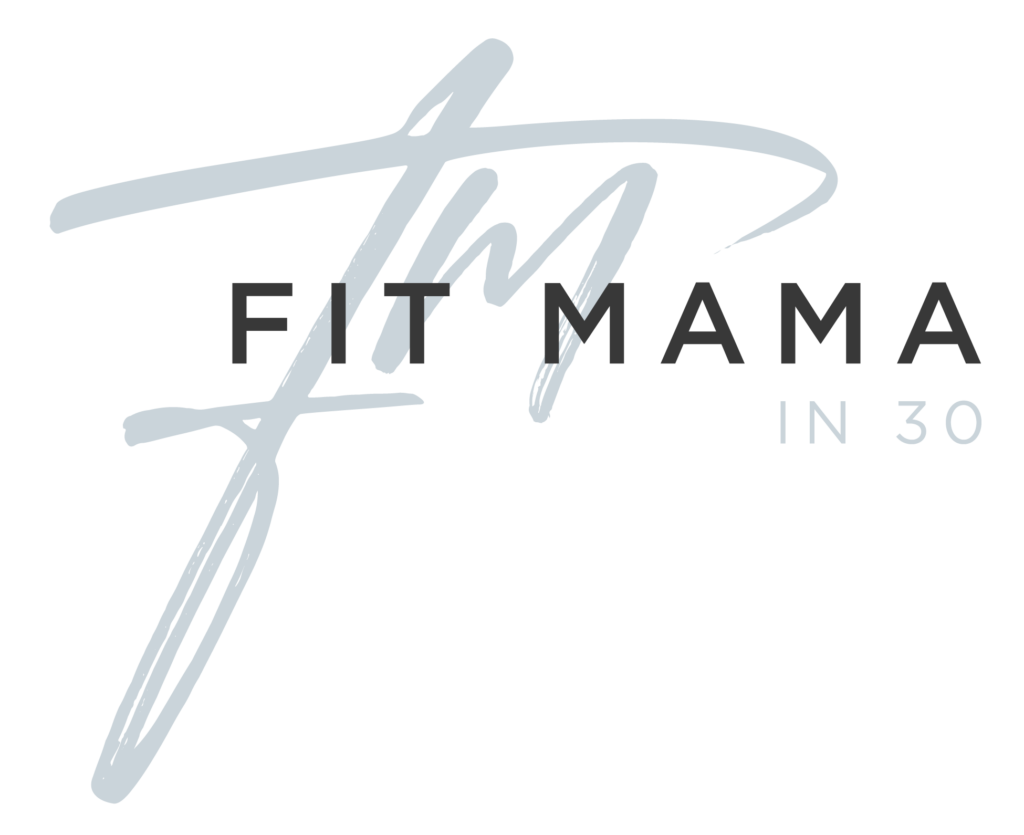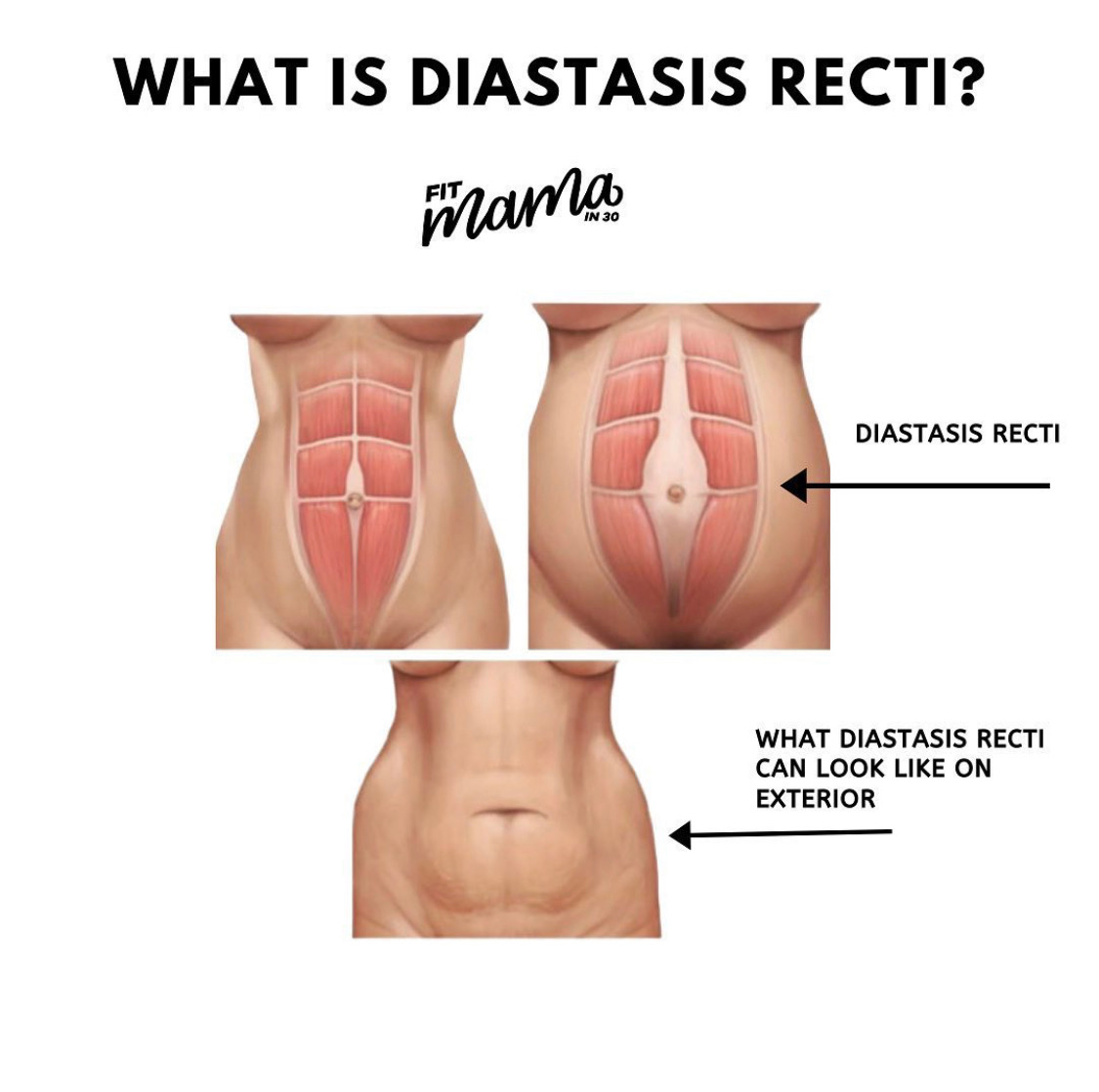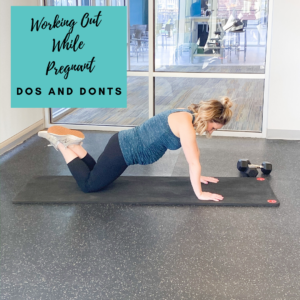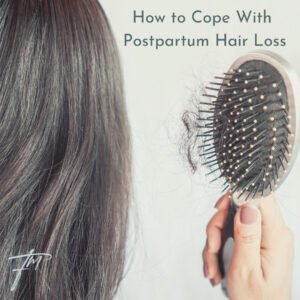Everything You Ever Wanted to Know About Diastasis Recti
And how it affects your body years & years after giving birth
Whether you’ve heard it from your doctor, mom support groups or your mom’s best friend’s cousin – Diastasis Recti is a term used frequently in regards to postpartum recovery. It’s a fancier way of referring to the ‘belly’ or ‘pooch’ you have in your core after having kids – but what is it really? And why is it so hard to fix?
We’re diving head first into what Diastasis Recti is, how it affects your recovery after giving birth and why it might still be affecting you – even if your kid is going off to college!
What is Diastasis Recti?
Diastasis Recti (DR) is a separation of the right and left sides of the rectus abdominis muscle (greater than 2 finger- widths). The main cause of DR is excess intra-abdominal pressure. All of the abdominal muscles are connected at the front of the body by a tissue called the linea alba. The linea alba is strong but flexible. If consistent and excessive pressure is placed on that tissue (like your growing belly during pregnancy), then it eventually thins and stretches out.
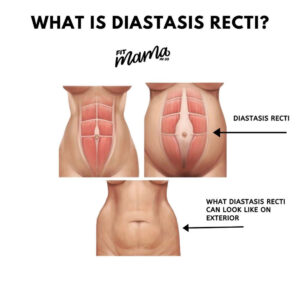
It’s important to note that DR is actually normal during pregnancy and occurs naturally in order to allow adequate space for the baby to grow. In fact, some studies show that 100% of women will experience DR in their 3rd trimesters.
How Long Does It Take to Recover from Diastasis Recti?
If managed appropriately, the DR will heal within approximately 6-8 weeks after delivery. However, if the DR is more severe, it can remain in postpartum women and not only cause that unwanted lower belly pooch, but also cause back pain and poor posture. Time does not heal DR, but corrective training, healthy posture and proper breathing techniques can! Even if you are 12 years postpartum you can heal your DR.
Signs & Symptoms of Diastasis Recti
Now that we have established that you can still have DR even if your kids are in college let’s talk about how to tell if you might have it.
Our Core Recovery Course takes you through step by step on how to identify DR and begin the healing process.
Check out the top 5 signs and symptoms of Diastasis Recti
- Mom Pooch
A mommy tummy or a tummy that just doesn’t look the same after pregnancy is one of the easiest to identify DR symptoms. When your deep core muscles separate, they simply don’t hold things in the same place. Thus, even if the weight comes off, your organs have shifted forward and you look pregnant, even when you are not.
When your ab muscles are separated, you can sometimes see a sunken space between your right and left side. Sometimes this is easier to see when you are laying on your back. Yes, it is true that a lot of things can contribute to a sore low back. However, if your back aches, it means that you are not using the rest of your body to support yourself when you move. Fixing your core will definitely help. In fact, low back pain is one of the easiest and quickest symptoms to resolve when doing our Core Recovery Program or following our Postnatal Program. Your pelvic floor muscles are also impacted by DR. Peeing when you sneeze or laugh is NOT normal. Yes, many women experience incontinence, so you are not alone. However, you are by no means doomed to live with a pee squirt with every sneeze, laugh or jump for the rest of your life. Poor Posture and incorrect alignment increase the pressure in your abdominal cavity and can cause diastasis recti. Focusing on alignment during pregnancy and post-partum (all those hours nursing and caring for your baby) makes a huge difference! Maybe you’ve heard your mom talk about a tummy tuck or you yourself has considered getting one… bet you are second guessing that now! Likelihood is that you have suffered from diastasis recti and are struggling with your post-pregnancy belly, low back pain or peeing a little bit when you sneeze. Good news, in most cases these things are fixable with a structured Core Recovery Program. However, we do want to point out that there are some cases in which seeking a Pelvic Floor Therapist or Doctor are necessary. So if you don’t need a tummy tuck, where should you start? You start with solid fundamentals. Yes, we know this doesn’t sound sexy, but following a progression model that includes deep core breathing and pelvic floor work is one of the best ways to heal your core.
So, Do I Need a Tummy Tuck?
How to Correct Diastasis Recti & Recover Your Core
Two of the biggest mistakes we see with mamas are improper kegel exercises and incorrect breathing patterns.
Believe it or not, but traditional kegels are not helping your pelvic floor! Women have been taught to focus on “stopping and starting the flow of urine” when in fact all that is doing is overtraining the front of the pelvic floor and negating the other 4 sides…which causes leaking!
The other thing we see is that women are sucking in their core instead of using proper breathing techniques causing extra intra-abdominal pressure and actually separates the abs even farther. It is so important to make sure you are doing exercises for diastasis recti in the correct order and with the correct form!
everything you need to know about core recovery
If you are looking for a little more guidance on how to heal your core, pelvic floor, and body, make sure to check out all of our programs for only $10!
Our Postnatal Course is designed for mamas who are newly postpartum through 1 year postpartum and our Core Recovery Course is designed for mamas who are more than 1 year postpartum. Both help you heal first, then get back to doing the things you love and enjoy!
Check out more info HERE
Our Postnatal Program
Our Core Recovery Course
